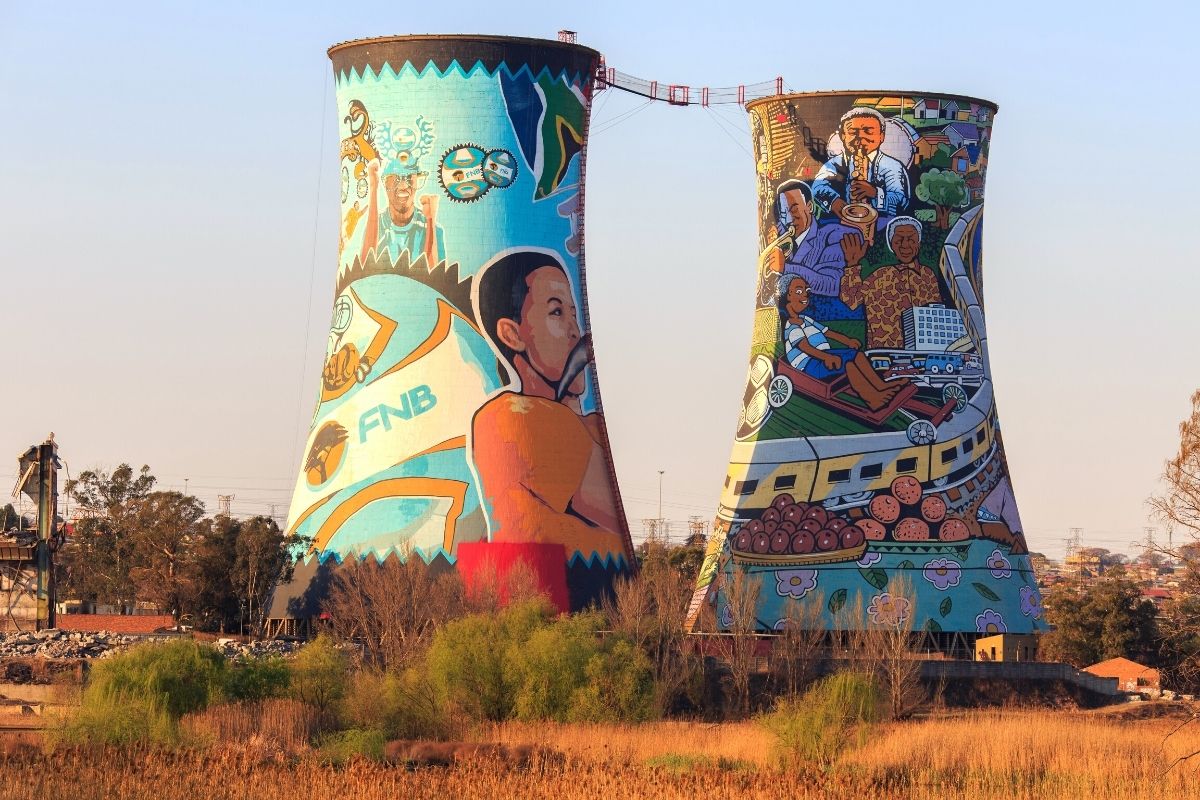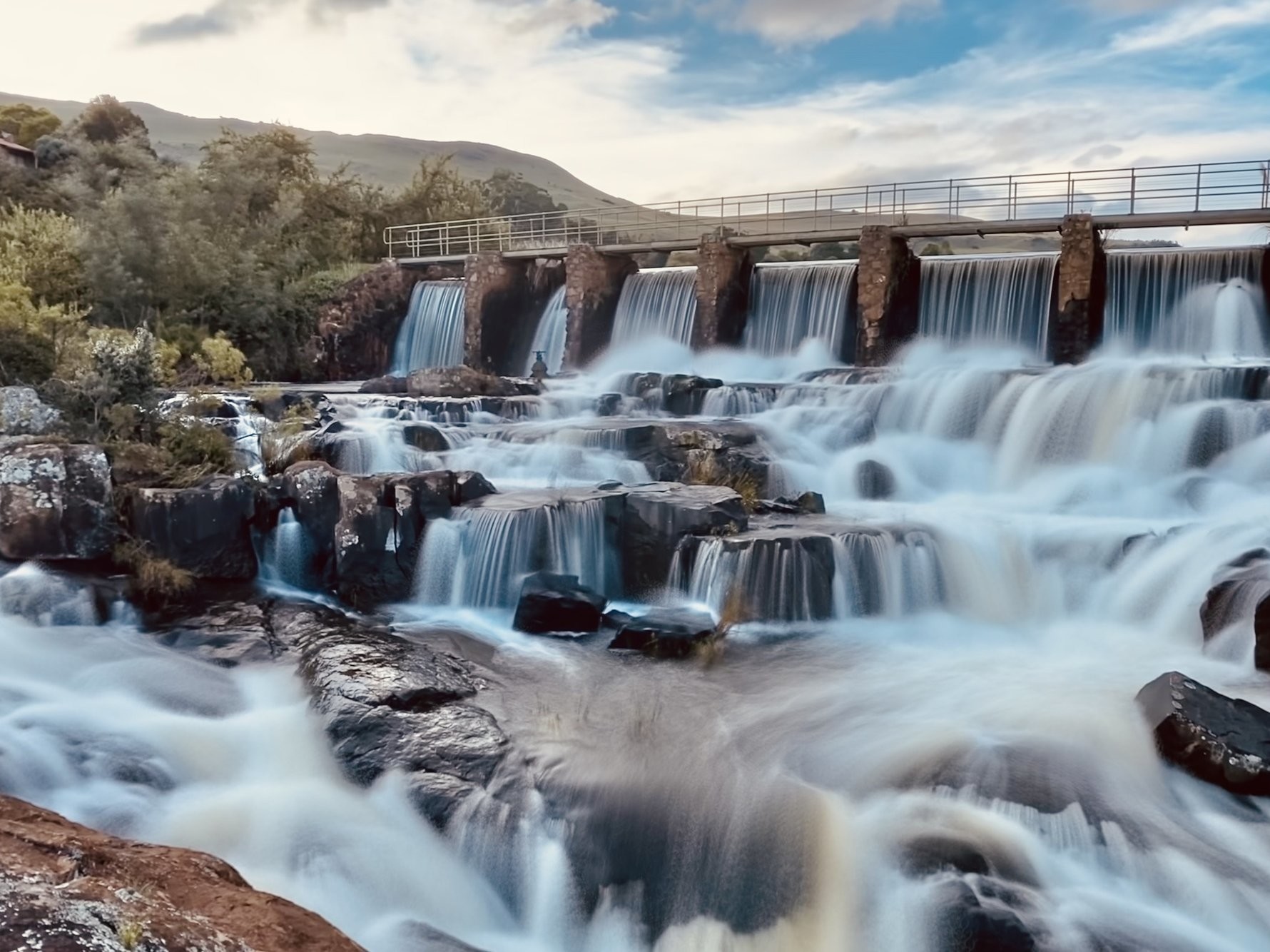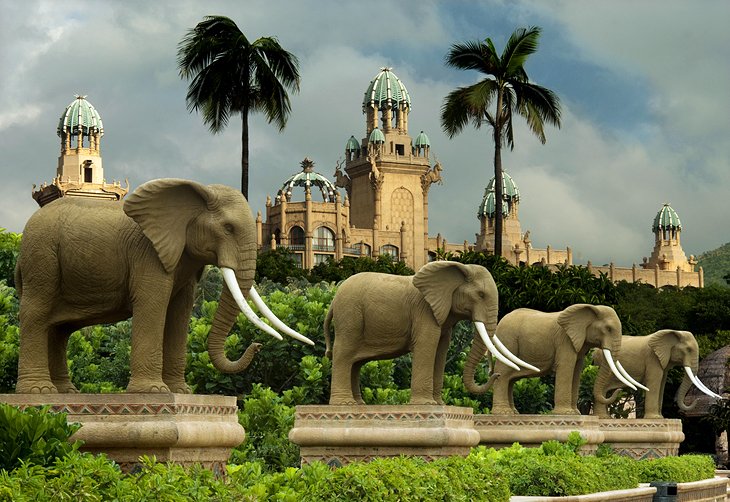Some Known Questions About Johannesburg North Attractions.
Some Known Questions About Johannesburg North Attractions.
Blog Article
Johannesburg North Attractions for Beginners
Table of ContentsSome Known Details About Johannesburg North Attractions The Best Strategy To Use For Johannesburg North AttractionsThe Of Johannesburg North AttractionsJohannesburg North Attractions - The FactsAll about Johannesburg North AttractionsJohannesburg North Attractions for DummiesNot known Facts About Johannesburg North Attractions
Nevertheless you need to keep safety in mind and travelers must stay sharp in any way times when in strange environments. Speak with the locals when you are in community to learn about the location you are remaining in. Johannesburg North attractions. When on the road (this doesn't put on mall and other protected settings) best general guidance is to try your ideal to look like a local and to prevent presenting any type of riches
Some Known Details About Johannesburg North Attractions
Professor Revil Mason O. J. (Thomson, 1946) checked out the Witwatersrand's pre-colonial background. His historical work exploded the 'em pty land' myth, according to which the region was lacking human habitation before the arrival of European inhabitants. In his publications Prehistory of the Transvaal: A Record of Human Task (1962) and Origins of Black People of Johannesburg and the Southern Western Central Transvaal AD 3501880 (1986 ), Teacher Mason demonstrated the extent of social and financial advancement in the location before Europeans established foot right here.

Johannesburg North Attractions Fundamentals Explained
In 1878, David Wardrop found gold in quartz capillaries at Zwartkop, north of Krugersdorp. In 1881, Stephanus Minnaar came throughout gold on the farm Kromdraai, near the Cradle of Humankind.
In March 1886, a protrusion (soon to be called the Key Reef) was discovered, fairly fortuitously, on Gerhardus Oosthuizen's ranch Langlaagte. Some claim that the Lancastrian coal miner George Pedestrian found this coral reef. An additional itinerant English miner, George Harrison (that had actually previously functioned in Australian mines) gotten a prospecting permit in regard of Langlaagte in Might 1886.
He decided to move on in a pursuit for greener fields, and disposed of his Langlaagte case for the princely sum of 10. Alas: below lay the wealthiest goldfield ever found. The discovery of this rich auriferous reef provoked a gold rush that signified the end of agrarian tranquillity in the southerly Transvaal.
It would, within six years, come to be the biggest community in southern Africa. Within a decade, it would make the Z. A. R. until after that an anarchical and insolvent little state the most affluent nation in Africa. By the millenium, the Z. A. R. was to go beyond Russia, Australia and the USA of America to end up being the world's leading gold producer, generating more than a quarter of the globe's gold.
The smart Trick of Johannesburg North Attractions That Nobody is Talking About
It was called Ferreira's Camp, called after Colonel Ignatius Ferreira. He was a Boer adventurer upon whom the British authorities had actually bestowed the standing of Buddy of the Many Differentiated Order of St Michael and St George (qualifying him to the post-nominal letters C. M. G.) in thankfulness for his role in the war that had actually deposed the Pedi king Sekhukhune in 1879.
2 other camps were developed: Meyer's Camp on the ranch Doornfontein, and Paarl Camp. The latter was nicknamed Afrikander Camp; numerous individuals from the Cape Swarm worked out there.

Johannesburg North Attractions - Questions
This name got currency by word of mouth, such that the State Assistant affirmed the name to the Mining Commissioner on 9 October 1886. Stands in the town were auctioned on 8 December 1886. While some stands were cost 10, others were torn down for as low as sixpence.
2 years later on, these erven were to change hands for as long as 750 each. The tented camps dwindled as a dorp of corrugated iron structures developed and increased north of the mines located along the Key Reef Roadway. Locations such as Jeppe's Community (where working-class immigrants erected their homes) and Doornfontein (where the wealthy brand-new 'Randlords' began to build their opulent homes) were quickly included in the ever-expanding map of the town.
All about Johannesburg North Attractions
Apart from the road names, there were no signs of Johannesburg being located in a Dutch-speaking country. Several years later, C. W. Kearns O. J. (one of the initial kids enrolled at St John's University in 1898) would remember: 'A weird reality regarding Johannesburg was that, although it was in the [Boer Republic], nearly everybody spoke English and even the Government slaves resolved one in English, unless his comment is here they were first addressed in the Taal (or Low Dutch)'.
Britain had an interest in guaranteeing optimal conditions for gold manufacturing on the Witwatersrand, and that the gold was exported to London instead than Berlin a necessary provided all the extra clamant by the Z. A. R.'s raising toenadering with Germany. Mine owners got on a clash with President Kruger, whose policy of monopolistic concessions (typically approved to his cronies) stopped mining firms from procuring supplies of products (particularly dynamite) and labour by themselves, less expensive terms
Johannesburg North Attractions Can Be Fun For Everyone
In 1890, the Volksraad had actually restricted the franchise business to white males that had stayed in the Z. A. R. for fourteen years or longer, thus disqualifying the majority of the immigrants (that took place to be the significant contributors to the fiscus). Agitation for the vote was a mere pretense for advertising a various schedule; a lot of uitlanders concerned themselves as temporary site visitors and had no purpose of remaining in the Z.
Report this page